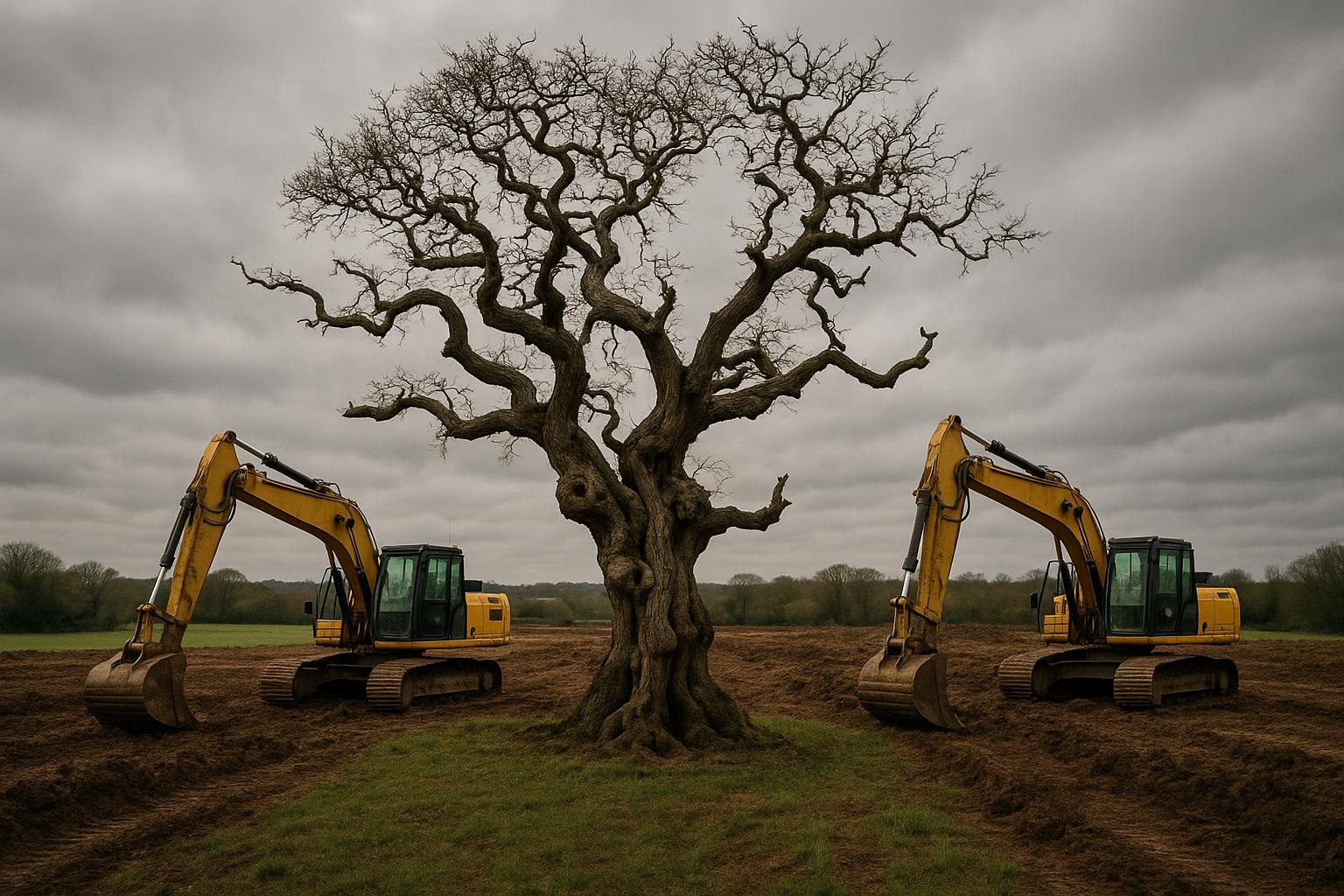Plans for a massive new residential development on green belt land in Bromley have ignited fierce opposition from local residents and conservation advocates alike. The proposal by a major housing developer to create around 2,000 homes on the site between Hayes Lane and the A21—just south of Bromley Football Club—has become a flashpoint in a broader battle over the future of our green spaces.
According to the developers, recent government policy changes—specifically the introduction of the so-called grey belt classification—mean this land no longer qualifies as protected green belt. They claim the site’s good connections to local services make it suitable for development, citing plans for extensive parks, orchards, and community allotments that would “reopen” underutilised areas. They also promise improved pedestrian and cycling routes to nearby sports clubs and Norman Park, ostensibly to promote healthier lifestyles and community cohesion.
However, residents are independently voicing their fierce opposition. A petition launched against the development has gained over 5,000 signatures in just five days—reflecting a community deeply committed to protecting Bromley’s remaining green spaces. Critics warn that the project would come at a steep environmental and social cost, particularly the destruction of vital green belt land that currently serves as a sanctuary for wildlife and a peaceful grazing area for numerous elderly horses. Many residents are rightly concerned about the welfare of these animals, some facing euthanasia if their current land is developed and they are forced to relocate.
Beyond the ecological impacts, there are serious concerns about the strain this development would place on Bromley’s already overstretched infrastructure—schools, roads, and public transport are under intense pressure, and adding 2,000 homes risks making matters worse. Local voices emphasise that green belt land is irreplaceable, a precious resource that sustains both the environment and community well-being. As Faye Martin, a local resident, told MyLondon, “We cannot afford to lose these green spaces—they're vital for our mental health, biodiversity, and our children’s future.”
This perspective aligns with Bromley Council’s own policies, which stress the importance of preserving open spaces for environmental sustainability and community recreation, as outlined in their Infrastructure Delivery Plan and the Bromley Town Centre Conservation Area Appraisal. These documents underscore the cultural and ecological value of green spaces—values apparently dismissed by the developers’ push for housing targets.
While Berkeley has initiated engagement efforts—including an information website and a public exhibition scheduled for November 18 at Bromley FC—it remains to be seen whether their promises of affordable housing and community-linked amenities will compensate for the environmental sacrifices. The company’s ongoing projects elsewhere—such as the redevelopment of Bromley-by-Bow Gasworks and Westminster’s Trillium regeneration—highlight their broader strategy of leveraging regeneration to profit from London’s housing crisis. Yet, this approach often seems detached from the realities faced by local communities, prioritising development at the expense of cherished green spaces.
The Ravensbourne Place proposal epitomises the wider, contentious debate over land use in Britain: should we sacrifice green belts to meet housing demands, or stand firm in defence of our natural heritage? The current resistance in Bromley underscores a clear stance—many are prepared to oppose policies that threaten the preservation of our priceless green belt, especially as government policies on land designation continue to evolve in ways that threaten to erode protections.
As formal planning procedures move forward, the outcome remains uncertain. But one thing is clear: Bromley’s residents, many of whom see the green belt as a fundamental part of their quality of life, will vigorously oppose any development plans that threaten to turn their cherished open spaces into concrete jungles. The fight over Ravensbourne Place is really a fight for the soul of the community—one that asserts the importance of prioritising conservation and local interests over short-term housing targets pushed by a government increasingly out of touch with voters’ concerns.
Source: Noah Wire Services
